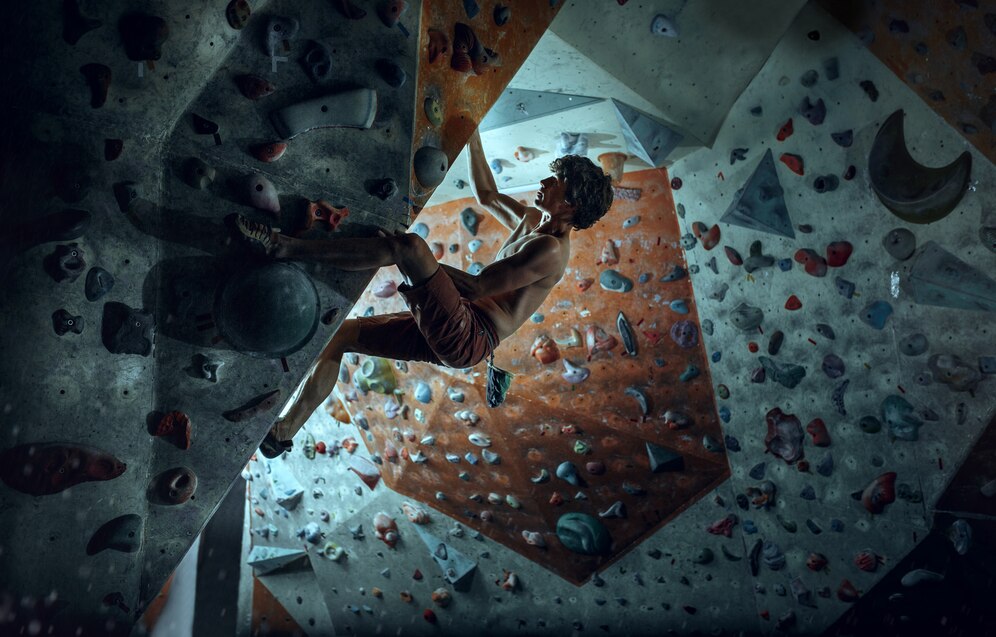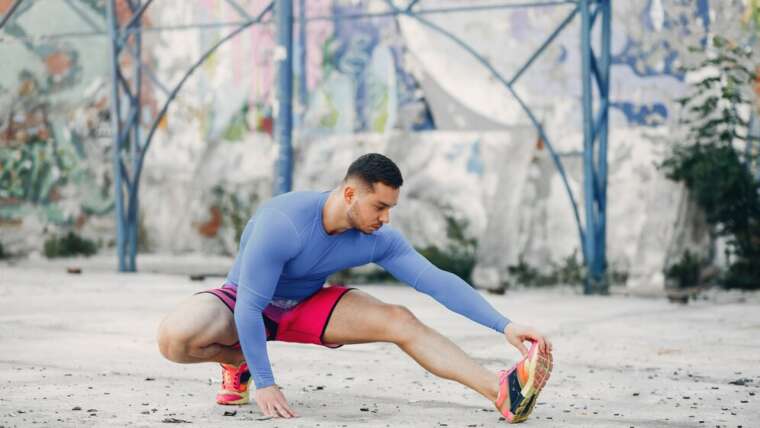Are you looking to increase your flexibility and take your rock climbing experience to the next level?
Stretching before, during, and after a climbing session can be key in preventing injuries, increasing performance and power, as well as improving circulation.
To help out fellow climbers striving for peak performance, we’ve outlined some of the most effective rock-climbing stretching exercises.
Read on to learn how these can benefit you when scaling up those routes:
Best Stretches For Rock Climbers
Here are the warm-ups and stretches to do for perfect rock climbing session:
1. Deep Squats
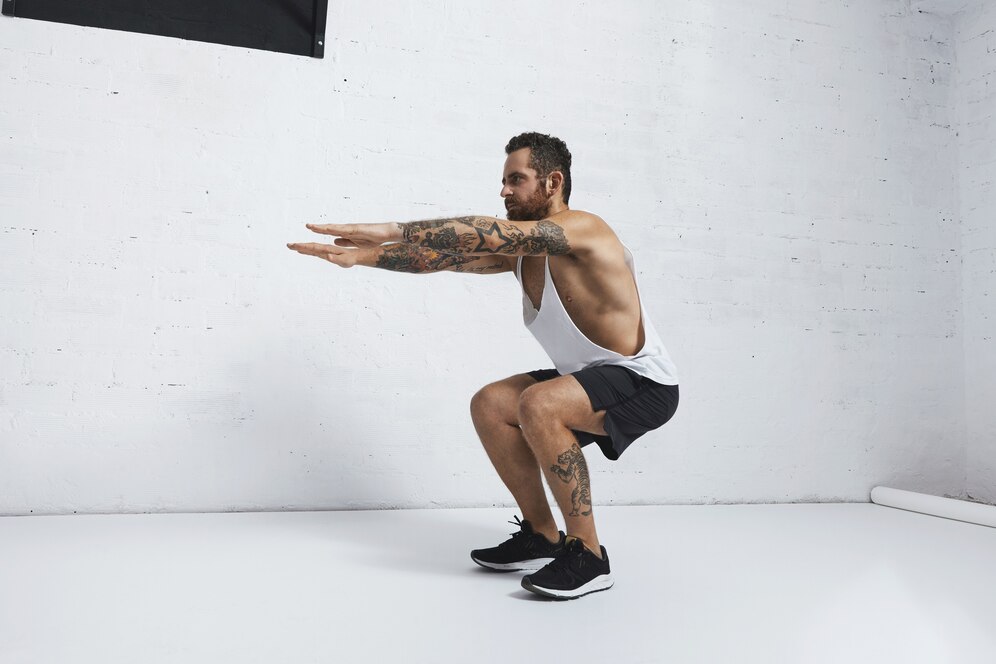
Deep squats are an excellent stretch for rock climbers as they target multiple muscle groups simultaneously.
This stretch enhances flexibility in the hips, knees, and ankles, crucial for maintaining a stable and balanced posture during climbs.
Additionally, deep squats engage the quadriceps, hamstrings, and lower back muscles, promoting strength and resilience in these areas.
Starting Position:
- Stand with your feet slightly wider than shoulder-width apart.
Execution:
- Lower your body by bending your knees and pushing your hips back, simulating a sitting motion.
- Keep your back straight, chest up, and ensure your knees are aligned with your toes.
Depth:
- Aim to go as low as your flexibility allows, ideally reaching a deep squat position where your thighs are parallel to the ground.
Hold:
- Hold the position for 15-30 seconds, breathing deeply.
Variation:
- You can use your elbows to gently push your knees outward to enhance the stretch.
2. Hip Flexor Stretch
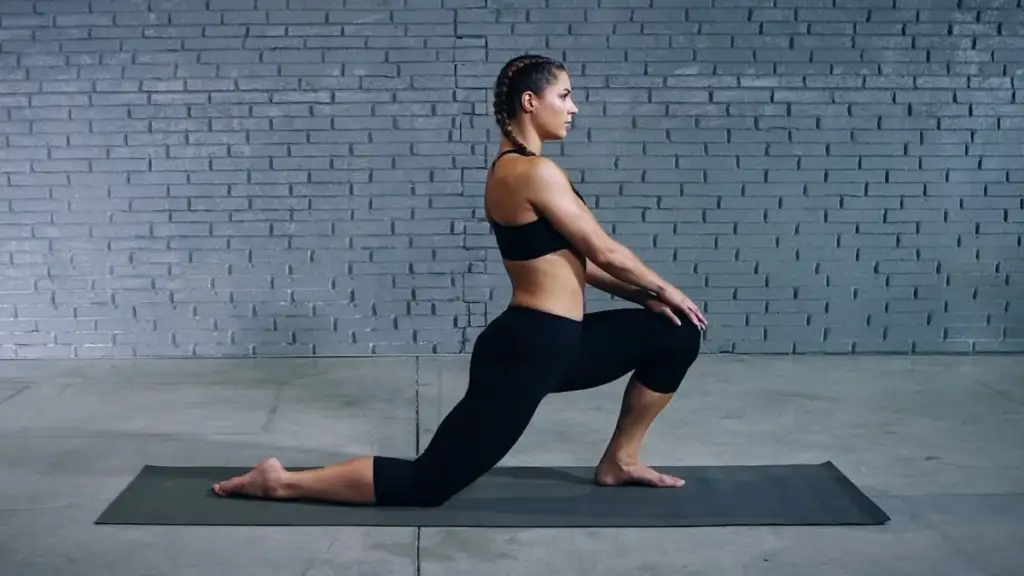
Rock climbers often exert their hip flexors significantly, making this stretch invaluable for maintaining flexibility and preventing imbalances.
The hip flexor stretch specifically targets the muscles at the front of the hips, reducing tightness and enhancing range of motion.
By incorporating this rock-climbing exercise into a routine, climbers can alleviate tension in the hip flexors, potentially reducing the risk of overuse injuries.
Starting Position:
- Begin in a lunge position with one foot forward and the other extended back.
Execution:
- Lower your hips toward the ground, keeping the back leg straight, until you feel a stretch in the front of the hip on the extended leg.
- Ensure the front knee is directly above the ankle.
Hold:
- Hold the stretch for 15-30 seconds, feeling the stretch in the front of the hip.
- Switch to the other leg and repeat.
Tip:
- Engage your core to maintain balance and deepen the stretch.
3. Cobra Pose
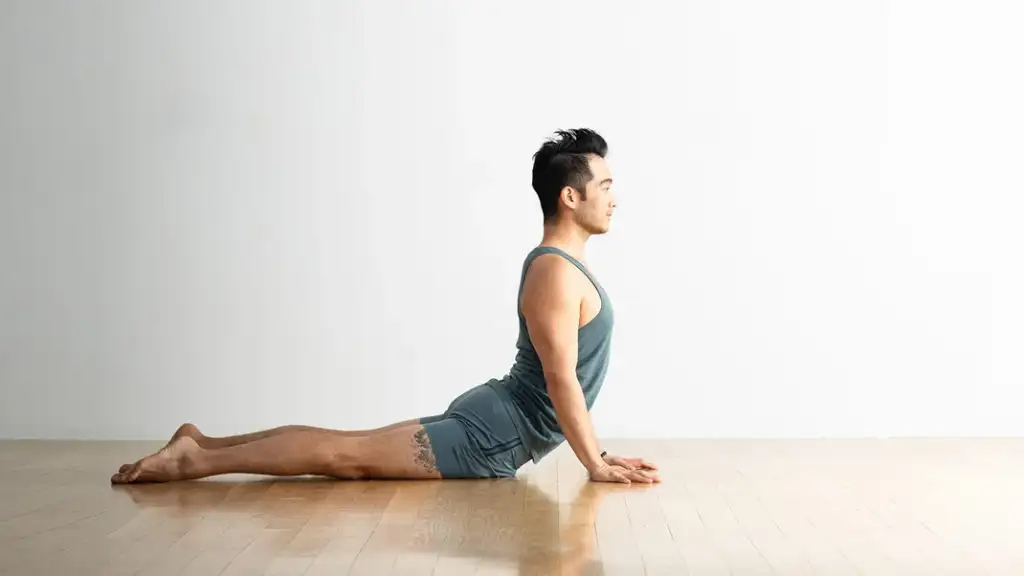
Cobra pose is a beneficial stretch for rock climbing, particularly for addressing the demands placed on the upper body and spine.
This stretch targets the chest, shoulders, and abdomen muscles, promoting flexibility and extension in the thoracic spine. Rock climbers often engage these muscle groups while reaching and pulling, and the cobra pose helps counteract the forward-leaning posture common in climbing.
Regular practice of this stretch can contribute to a more open chest, improved breathing, and increased upper body mobility, enhancing a climber’s ability to effectively reach holds.
Starting Position:
- Lie face down on the floor with your legs extended and the tops of your feet resting on the ground.
Execution:
- Place your hands under your shoulders, fingers pointing forward.
- Press through your hands, lifting your chest off the ground while keeping your hips and legs on the floor.
Arch:
- Arch your back gently, opening up your chest and stretching the front of your torso.
Hold:
- Hold the pose for 20-40 seconds, breathing deeply.
Release:
- Lower your chest back to the floor gradually.
Benefits:
- Strengthens the back muscles and improves spine flexibility.
4. Knee Pull-Ups
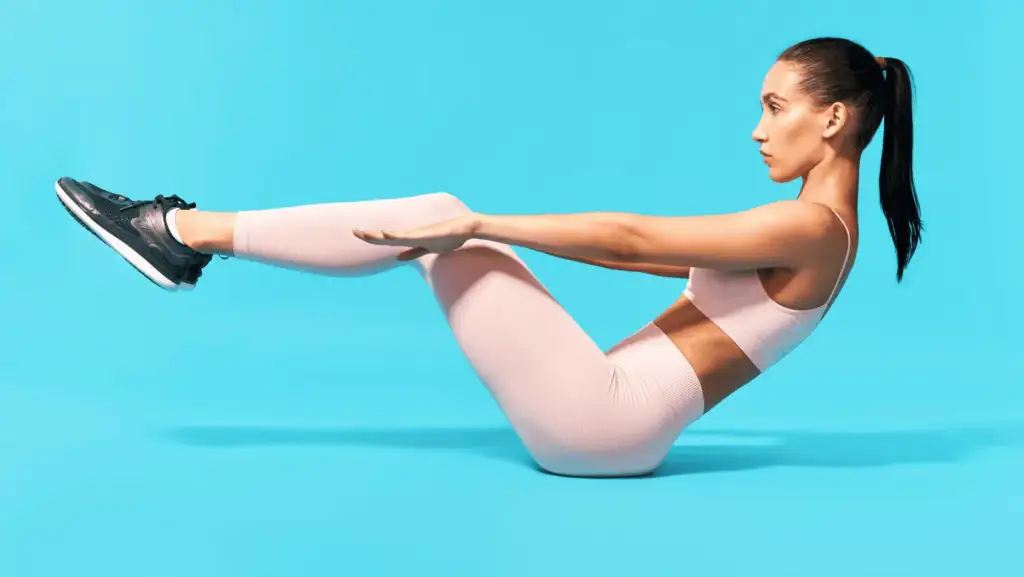
Knee pull-ups provide rock climbers with an effective stretch for the glutes and lower back. Climbers frequently engage these muscle groups during dynamic movements and weight shifts.
This stretch helps alleviate tightness in the glutes and lower back, contributing to improved flexibility and reducing the risk of strains.
As rock climbing involves a variety of leg and hip movements, incorporating knee pull-ups into a stretching routine can contribute to a more balanced and resilient lower body.
Starting Position:
- Sit on the floor with your legs extended straight in front of you.
Execution:
- Bend one knee and bring it toward your chest, hugging it with both hands.
- Hold the position for 20-30 seconds, feeling a stretch in the glutes and lower back.
Switch:
- Release one leg and repeat the stretch with the other leg.
Tip:
- Keep your back straight and sit tall while performing the stretch.
5. Torso Twists
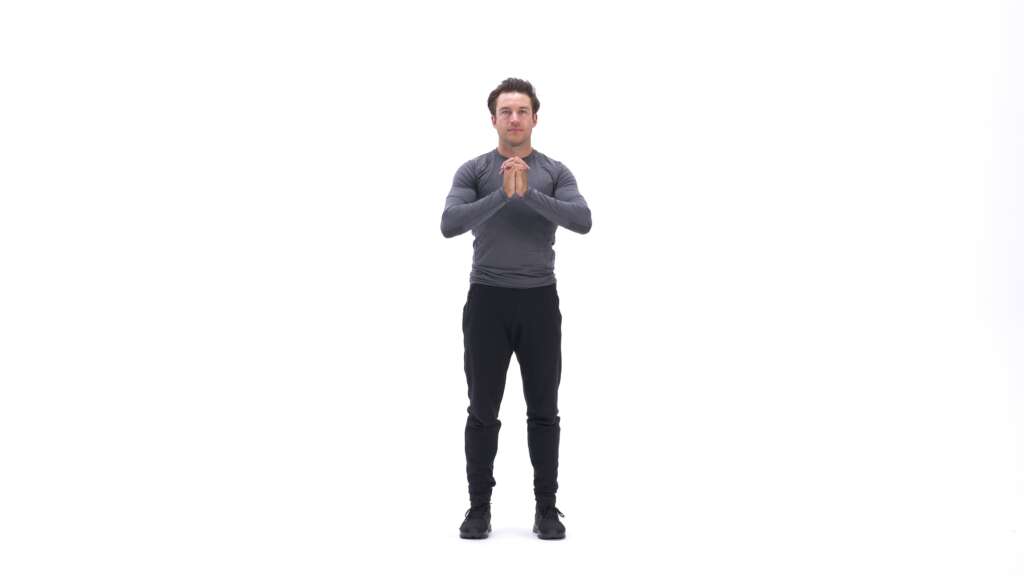
Torso twists offer rock climbers a valuable stretch for enhancing spinal mobility and reducing tension in the back muscles.
Climbers often need to rotate their bodies to reach holds or navigate around obstacles, making spinal flexibility crucial. This stretch targets the muscles along the spine, promoting a healthy range of motion and reducing stiffness.
Incorporating torso twists into a warm-up rock climbing routine can help climbers maintain agility in their movements, facilitating smoother transitions between holds and minimizing the risk of back discomfort during climbs.
Starting Position:
- Sit on the floor with your legs crossed or extended in front of you.
Execution:
- Place one hand on the opposite knee and the other hand on the floor behind you.
- Twist your torso gently, looking over your shoulder.
Hold:
- Hold the stretch for 15-30 seconds, feeling the rotation in your spine.
Switch:
- Release the twist and repeat on the other side.
Breathing:
- Inhale as you lengthen your spine, and exhale as you deepen the twist.
Benefits:
- Improves spinal mobility and releases tension in the back muscles.
Conclusion
When it comes to rock climbing there is a lot of focus on technique and strength, but stretching is equally important.
Stretching before and after a climb can help prevent injury and maximize performance.
As most climbers know, certain muscles have a tendency to become tight and inflexible over time.
That’s why taking the time for flexibility work on a regular basis should be part of every climber’s training routine.
By loosening muscles not typically used in everyday life or in climbing, climbers increase their flexibility and range of motion, improve coordination between legs and arms, reduce stress during big moves ,and make climbing more enjoyable overall.


